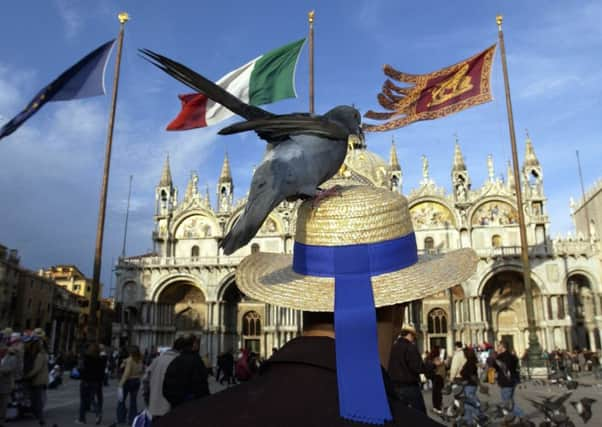John Donnelly & Robin Worsnop: Let's get the facts straight before criticisng tourism


To give some perspective, Venice’s population of 270,000 is overwhelmed with over 20 million annual visitors. That’s a ratio of 74:1. In Edinburgh, with its 500,000 population and four million annual visitors, a ratio of 8:1. That’s a big difference.
While it’s true we have peak seasonality in certain months, this is no different from the vast majority of European cities. It’s no surprise that most people take holidays in the summer. Accommodation occupancy remains strong in the city, but we are by no means near full capacity. It’s worth noting that for the first three months of the year, for example, Edinburgh’s hotel occupancy is lower than any other UK city at that time.
Advertisement
Hide AdAdvertisement
Hide AdWhat’s more, Edinburgh’s visitors currently generate over £1.3 billion per year for our local economy, supporting around 30,000 jobs, not just in the tourism sector, but across retail, hospitality and transport to name a few. Those figures don’t even take into account the wider ripple effect of being one of the world’s most popular city destinations. As the gateway to Scotland, many of our international visitors to Scotland visit Edinburgh first before going on to to explore (and spend) further afield. Edinburgh is an economic driver for the country.
This is a historic city. It is the number one reason visitors choose to come here. Edinburgh Castle, our museums and galleries, Festivals and many attractions are what inspire and attract domestic and international visitors. That is not going to change. Visitors are going to keep coming.
What we do need, however, is careful management to ensure that critical balance between tourism, residents and local business remains in harmony.
We need to be smart, spreading visitors geographically across the city beyond the Old Town, reducing seasonality, creating genuine reasons to visit during the quieter shoulder months and by actively marketing the city to that end. By doing this, we believe we can achieve sustainable growth in visitor spend to £1.5bn by 2020 – without sacrificing the integrity of the city.
Tourism is a vital economic artery for Edinburgh and we are acutely aware of our responsibility to ensure that industry growth is planned, coordinated and strategic. While we take onboard the lessons from our European city counterparts, crucially it is Edinburgh’s ongoing strong collaborative approach to fulfil the ambitions set out in the industry’s Edinburgh 2020 Tourism Strategy that will guarantee a vibrant city future for all.
By working together, focused under the umbrella blueprint of the Edinburgh 2020 Strategy, local tourism businesses and organisations are committed to a model that aims to maximise opportunities, while also addressing the challenges that come alongside being such a popular visitor destination. Improving infrastructure, accessibility and reducing environmental impact, not only benefits visitors, but the people that live, work, invest and study in this city.
John Donnelly is chief executive of Marketing Edinburgh and Robin Worsnop is chair of the Edinburgh Tourism Action Group